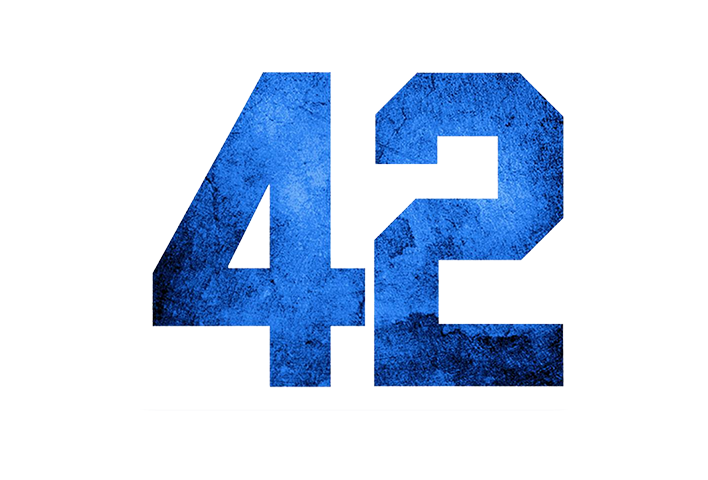Welcome to part 6 of our series on designing HR Partner, our latest web app that is slated for release in 2016.
This episode, I'd like to go through a design consideration that I had with the file upload library module in our app. In this module, the user can create 'categories' for their files, and upload an unlimited number of files to that category.
They also have the option to delete a category if it is not needed any more. The problem is, we won't allow them to delete while they still have files allocated to that category.
The question was how do we deal with this restriction? On our early Alpha version, we simply hid the delete button if there were still files within the category. However, this gave the user no indication that they COULD delete the category, at least unless the category was already empty, in which case they would see the button.
We thought that this was counter intuitive. We wanted the give the user an indication that they could delete, as long as they deleted the files first.
So in the second iteration, we put the delete button back, but disabled it when there were active files in the category. This still wasn't optimal, because there was no explanation as to WHY the button was disabled.
So we went to the next level, and made the button active. If the user presses it while there are still active files, they will get a popup telling them why they cannot yet delete. If there are no active files, then they will see the usual delete confirmation dialog.
We hope that this method means we don't clutter the interface with too much extra text, yet still gives the user an idea of what they can and cannot do within a particular screen.




